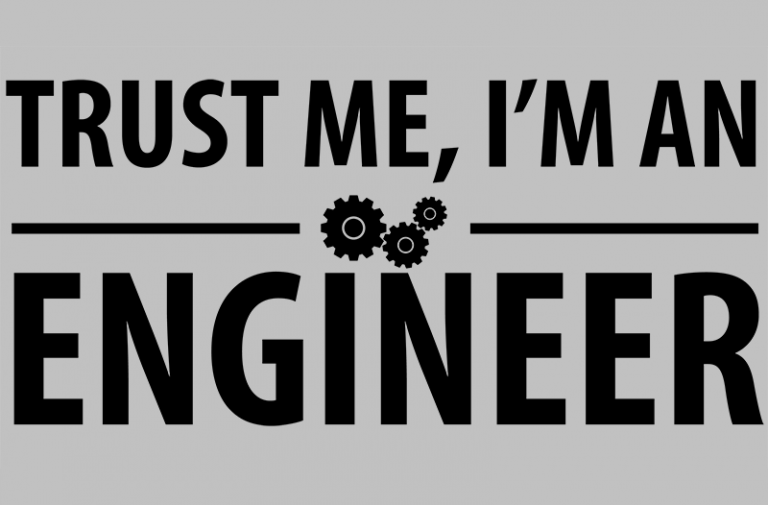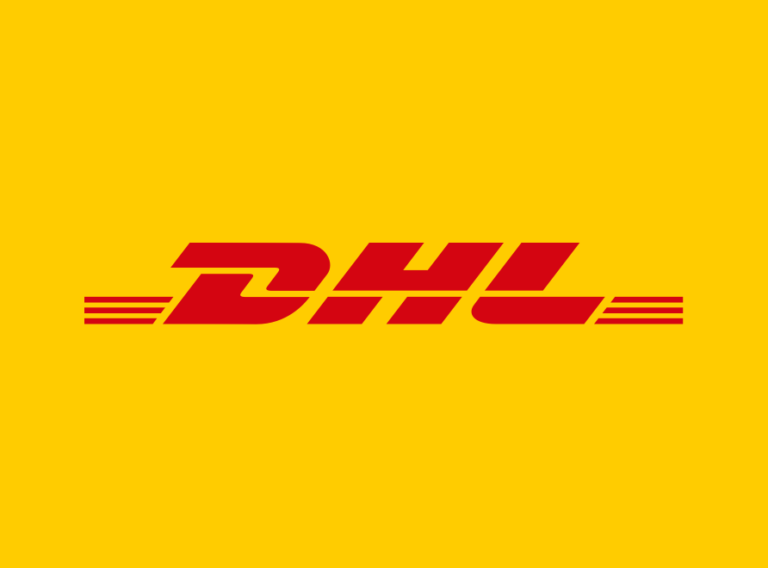From Lean to “Operational Excellence”
The ‘Lean’ methodology originally applied to manufacturing and design processes, as ‘Lean manufacturing’ was championed by the pre-eminent American, Dr Edwards Deming. In the post war boom years, US industry shunned Deming’s work, so Deming transported his methods and concepts to the fledgling Japanese auto manufacturers.
Deming’s early Lean methodologies focused mainly around the application of statistical analysis (sigma methodology and the normal bell shaped distribution curve) in proving processes capable of maintaining their accuracy through on going statistical control, and extending into ‘Design of Experiment’ methods from Genichi Taguchi. Not only did the output from these statistical methods prove to be beneficial, but even greater benefits were gained from the cultural change needed to support the statistical methods. That is, employees became empowered and better trained. And the discipline needed to maintain the culture and statistical methods led to huge improvement across the total business.
The benefits of Lean manufacturing were evident in Japanese quality and value for money, especially when compared to western products of that era. This facilitated their major global drive in sales. The 1980s saw Japanese Transplants into the US and UK, and so the local indigenous auto companies became very aware of their need to improve. Early Lean manufacturing, western-style, included: statistical process control (SPC); process and machine capability; failure modes and effects analysis; quality circles; and attempts at the supporting cultural changes. Some western companies succeeded, whilst some did not.
In the 90s, Lean manufacturing matured and spun into broader IT-driven methods, including Materials Resource Planning (MRP) and then into Enterprise Resource Planning (ERP), supporting ‘Just-in-Time’ (JIT) supply of complete modules (cockpits, front ends, etc.) from integrated ‘tier 0.5’ system developers and suppliers located within the car assembly plants. This replicated as near as possible for western companies, the Japanese business model of bank-owned company clusters (Keiretsu). Many western companies learned their new ‘Lean’ ways of working through JVs with Japanese companies, such as Rover and Honda, GM and Isuzu, Ford and Mazda.
Womack and Jones wrote their book, ‘The Machine that Changed the World’ in the early 90s, having extensively benchmarked Lean versus non-Lean. They contrasted Mercedes and Lexus; Lexus’ warranty bill was just one-third of Mercedes’ per car, whilst Mercedes spent three times the amount Lexus did on inspection, per car. General Electric and Motorola developed a slightly different approach to Lean through ‘Six Sigma’, which targeted solutions more from a problem solving and project aspect. Many US corporations followed with Six Sigma, although some more effectively than others.
The concept of ‘Excellence’ was also born around the late 80s and early 90s and is now also seeing resurgence. Excellence is a concept of its own, but does act as a kind of Lean manufacturing equivalent at company corporate level in benchmarking all business aspects against best practice. Excellence primarily focuses on how effectively the company manages, works with customers, employees, suppliers, partners, society and balances stakeholder satisfaction.
Closer to the present day, Lean has expanded into non-manufacturing operations. And so it should, as a process is a process anywhere, and people can always improve wherever they work. Lean can be effectively applied to non-repetitive processes, where it is the process flexibility that needs to be Lean, rather than the product or output. So any business, large or small, can be Lean. ‘Lean Six Sigma’ has grown up as a method, but the name is a misnomer: either Lean should be pursued, or six sigma should be pursued, rather than using both methodologies together. They can complement each other, but whilst they utilize similar statistical methods, they are different in approach and application.
So what about the companies that started Lean off? Well, as Japanese companies have globalised, they may have traded in a little of their Eastern attributes (Toyota and Nissan are examples), and moved to be a touch more western. However, at their core, their Lean approach is now so mature that at first it may not be visually evident. In these companies, the principles of Lean are so ingrained that ‘they just do it’ as part of their culture, rather than following multiples of charts that direct them to do it. They don’t need sign-posts now as they always know how to work Lean, and how to achieve it, and the culture is so strong that one automatically adopts that way of working. Meanwhile most Western companies that have not implemented any Lean thinking at all probably aren’t with us now, especially if they were manufacturers.
Modern approaches include a menu of those Lean methodologies where success is only achieved through the correct and careful application of the right combination. Generally, this operational efficiency at grass-roots level is unchanged from those early Deming times, and could include many elements such as: high levels of measurement; visual management; quality tools at the process; statistical methods (including Six Sigma); value stream mapping; Kaizen; Kanban; 5S (sort, set-in order, shine, standardize, sustain); efficiency studies at the process (i.e. cycle times, set-up reduction, movement, handling etc.); optimised layouts; empowered employees; and team cells.
However, while the combined benefits of these Lean elements are relevant and crucial today, they are only part of the modern transition to ‘Operational Excellence’. Some ‘light’ definitions of ‘Operational Excellence’ merely translate Lean manufacturing, in turn sometimes known as ‘manufacturing excellence’, into ‘excellence for non-manufacturers’, or even ‘Operational Excellence’. This we could term as ‘excellence in operations’, but should not be ‘Operational Excellence’ as this suggests a focus only on operational areas such as shop floors, warehouses, offices etc. There is significantly more to unlocking modern business high performance than only applying Lean methods to operational processes.
A holistic view across the whole organisation is essential if demonstrable and sustainable continuous improvement is to be derived – so the aspects of excellence in the boardroom; how the business develops its strategy; and then how the organisation translates that across the business. More specifically, that would be a strong vision driving a realistic strategy, which translates into deliverable business plans, corporate and functional objectives, policies, targets, measures, cultures, and all of the processes across the whole enterprise; both operational and non-operational (such as support processes in non-operational functions). It is the integrity of this as a whole enterprise, connecting upstream to customers, downstream to supply chains and to external shareholders, partners, and society in terms of neighbours, local environment, and trade associations, as an integrated and managed flow. That is the full embodiment of ‘Operational Excellence’. One would expect to see all process flows on the operational floors and in the boardrooms being measured and targeted against conformance, both quantitatively and behaviourally, with engaged employees at all levels who are knowledgeable and empowered.
And just like the basic tools of Lean, the whole excellence picture above can be measured, targeted, assessed and benchmarked for continuous improvement. The best global companies score their whole ‘excellence’ performance across their operational activities (local processes) as well as across their whole business, employing it in their DNA seamlessly and subsequently optimise it as the driver for sustainable continuous improvement.
It is this that separates truly ‘excellent’ organisations from merely good organisations.
By Martin Green
Making an effective and sustainable difference to Organisations by using personal business experience, consulting competencies, and context to deliver key aspects of effective supply chain, Lean, and excellence through Consulting, Facilitating, Training, and Implementation.
Contact him at martin@greenviewassociates.co.uk






